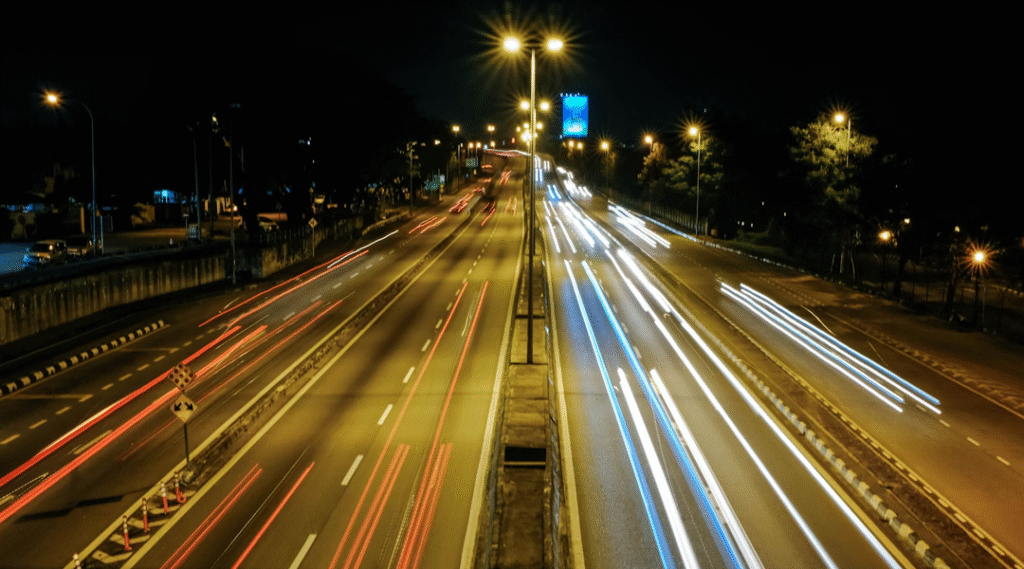As urban centers worldwide wrestle with mounting congestion, air quality challenges, and safety concerns, intelligent traffic management is evolving into indispensable infrastructure. By 2025, advances in connectivity, data processing, and vehicle automation will converge to transform how people and goods move through our cities. Below are the six pivotal trends—and one rising frontier—that are set to define the next era of smart traffic systems.
1. Proactive Traffic Management with AI
Instead of merely reacting to gridlock, tomorrow’s control centers will leverage predictive analytics to anticipate rush‑hour snarls well in advance. By combining historical traffic records, weather forecasts, and planned event data, machine learning models can suggest signal timing adjustments or alternate routing hours—or even days—ahead. Early pilots have already shown that predictive control can reduce peak travel times by up to a quarter while cutting fuel consumption by nearly 20%.
2. Ultra‑Fast Connectivity via 5G
The global rollout of 5G and its successor, 5G‑Advanced, promises latency under 10 milliseconds—fast enough to synchronize traffic signals, vehicles, and roadside sensors in real time. This dramatic jump in bandwidth will allow networks to carry not only basic vehicle telemetry but also high‑definition camera feeds and LiDAR scans, enabling dynamic lane reversals, instant hazard alerts, and live traffic overlays on drivers’ navigation displays.
3. Localized Decision‑Making at the Network Edge
While central clouds excel at heavy-duty analytics, on‑site edge computing units—installed at intersections and along major corridors—will handle split‑second decisions. Running AI models locally slashes the delay of sending data to and from distant servers, ensuring that signal changes and safety warnings happen in milliseconds. As the cost of ruggedized edge hardware falls, we can expect these “smart junctions” to spread beyond flagship cities to suburban and even rural roadways.
4. Vehicle‑to‑Everything Communications
V2X technologies—encompassing vehicle‑to‑vehicle (V2V), vehicle‑to‑infrastructure (V2I), and vehicle‑to‑pedestrian (V2P) links—are on track for rapid expansion. With government mandates in many regions and the maturation of 5G, connected cars will routinely exchange position, speed, and hazard data. Trials have shown that V2X coordination can reduce intersection collision risks by over 10% and may eventually drive down casualty rates by a substantial margin as coverage scales up.
5. Seamless Integration with Autonomous Fleets
Self‑driving shuttles, robotaxis, and delivery bots will feed a wealth of real‑time data back into traffic management platforms—while simultaneously relying on those platforms for optimized routing and platooning. This bidirectional flow enables vehicles to travel in tight, fuel‑efficient convoys and to exploit “green‑wave” corridors where lights are synchronized for smooth travel. However, success hinges on robust cybersecurity, standardized data protocols, and ubiquitous low‑latency networks to guarantee safety and interoperability.
6. Sustainability‑Driven Traffic Control
Reducing greenhouse gas emissions is now front and center for transportation planners. Smart traffic systems can minimize unnecessary idling and aggressive driving through eco‑driving algorithms that optimize acceleration and braking. Studies forecast that wide deployment of these techniques could slice urban traffic emissions by double‑digit percentages without sacrificing throughput. Moreover, traffic data is increasingly being integrated with electric‑vehicle charging networks to balance grid demand and prioritize low‑emission travel corridors.
7. Emerging Frontier: Digital Twins and Federated Learning
Looking beyond these six pillars, two nascent technologies hold extraordinary promise. City‑scale digital twins—virtual replicas of real‑world transportation networks—allow planners to simulate “what‑if” scenarios from major events to infrastructure failures. Meanwhile, federated learning enables multiple jurisdictions or companies to collaboratively train AI models on proprietary data without exposing raw information, preserving privacy while boosting model accuracy. Together, these innovations could usher in entirely new mobility services and data‑driven business models.
Final Thoughts
By 2025 and in the years that follow, the marriage of high‑speed connectivity, edge‑based AI, and connected vehicles will reimagine traffic from a reactive chore into a proactive, sustainability‑focused service. Cities that invest early in these trends will not only alleviate current congestion woes but also build the foundation for equitable, resilient, and green mobility ecosystems of the future.
All articles on this special edition-SMART TRAFFIC:
(#1) What Is Smart Traffic? A Complete Beginner’s Guide
(#2) The Technologies Behind Smart Traffic: From IoT to AI
(#3) Reimagining Urban Roads: Smart Infrastructure in Action
(#4) How AI and Big Data Are Revolutionizing Traffic Management
(#5) Smart Traffic Meets Autonomous Vehicles: A Symbiotic Future
(#6) Smart Traffic Benefits and the Roadblocks Ahead
(#7) Global Smart Traffic Projects: Key Takeaways for Urban Mobility
(#8) Who’s Leading the Smart Traffic Revolution?
(#9) The Future of Smart Traffic: Key Trends for 2025 and Beyond
(#10)Building Ethical, Legal, and Secure Smart Traffic Systems
As for in-depth insight articles about AI tech, please visit our AI Tech Category here.
As for in-depth insight articles about Auto Tech, please visit our Auto Tech Category here.
As for in-depth insight articles about Smart IoT, please visit our Smart IoT Category here.
As for in-depth insight articles about Energy, please visit our Energy Category here.
If you want to save time for high-quality reading, please visit our Editors’ Pick here.



